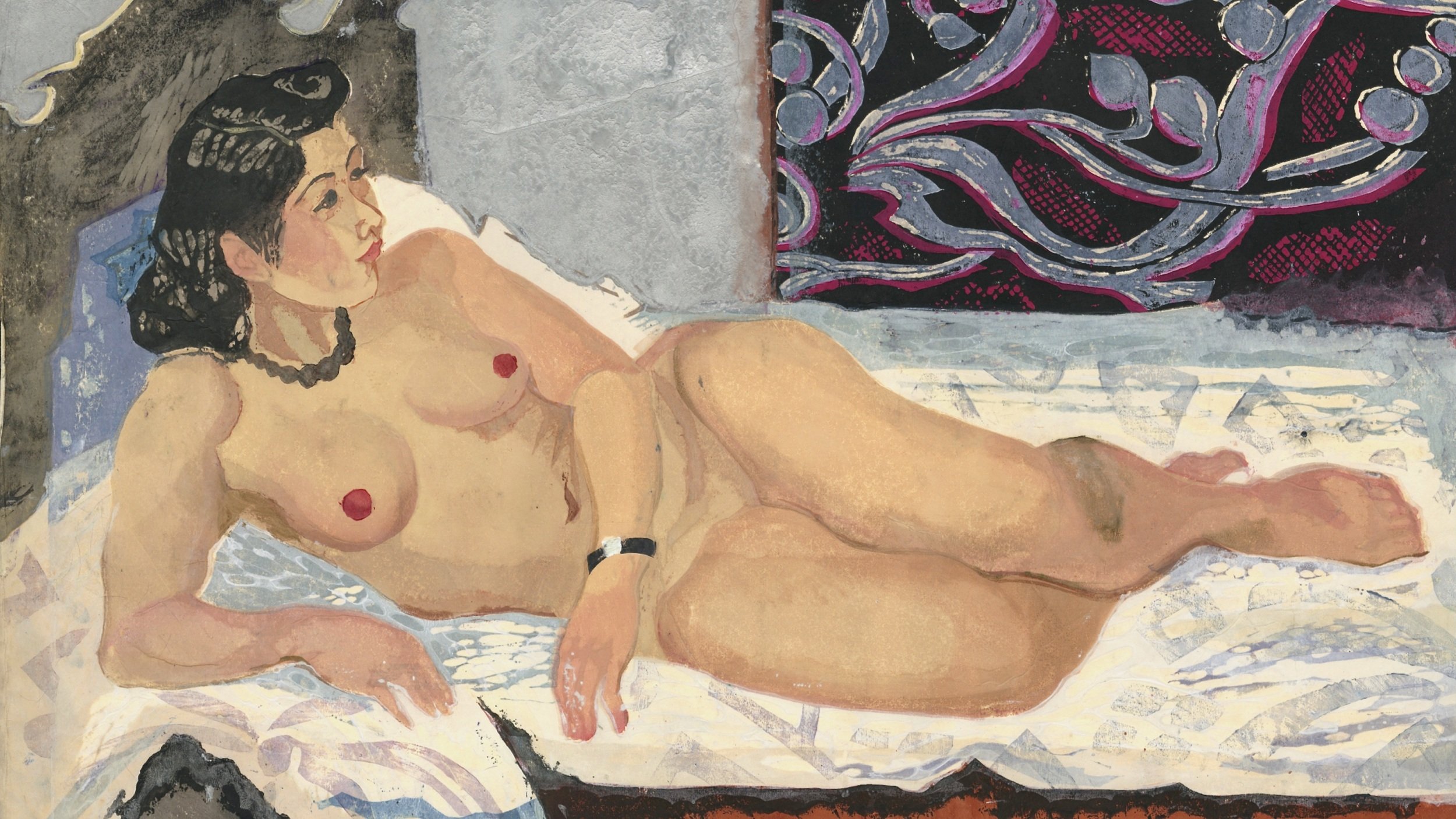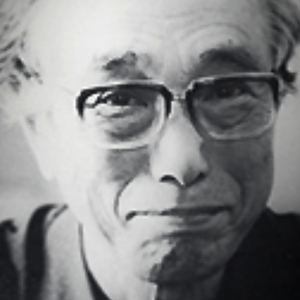SEKINO
COLLECTING JAPANESE PRINTS FEATURED SOSAKU HANGA ARTISTJun’Ichiro Sekino
1914 - 1988
Born in Aomori Prefecture in 1914, Sekino Jun'ichiro was a contemporary sosaku hanga artist specializing in etchings, portraiture, and semi-abstract prints. Sekino first expressed an interest in printmaking during his elementary school years, studying etching and producing mokuhanga with fellow classmates. He continued his education at the Etching Institute of Nishida Takeo, where he learned etching and oil painting techniques.
In 1932, he began exhibiting works at Chokukuto and Nihon Hanga Kyokai, as well as Shin Hanga in 1935. After one of his etchings won a major prize at the Teiten exhibition in 1936, Sekino became a formal member of Nihon Hanga Kyokai in 1938. The following year, he moved to Tokyo and became a pupil of sosaku hanga artist Onchi Koshiro, attending his weekly Ichimokukai sessions and learning woodblock printing techniques.
Through Onchi's wisdom and guidance, Sekino became a highly prolific printmaker throughout the late 1940s, producing a variety of actor portraits which would later become his most distinctive and forceful work. His fascination with traditional Bunraku theatre can be seen in the dramatic portraits of Bungoro, Eizo, Monjuro, and most notably his portrait of famous actor Kichiemon Nakamura. As Onchi continued to exert his artistic influence, Sekino began experimenting with surrealism and semi abstraction, placing greater emphasis on pattern and design, as seen in Aquarium (1956). He was further inspired by the works of Sharaku, Hiroshige, Lautrec, Rembrandt, and the Swedish, etcher, and oil painter Anders Zorn. However, Sekino was influenced not so much by the conscious study of other artists as by his exposure to the currents of time and place; indeed, his subject matter often includes a strong sense of fate, loneliness, and the beauty of the human condition.
During the Pacific War, Sekino supplemented his work by arranging entertainment for theatre troupes; afterward, he resumed etching and woodblock printing, attending Ichimokukai sessions and completing reprints. He further received critical acclaim for his mokuhanga in the United States and, in 1950, established an organization dedicated to etching, which later became the Japanese Etchers Society in 1953. By 1955, Sekino began exhibiting internationally; he won major awards at international competitions in Tokyo, Ljubljana, and the United States. Sekino later worked as an instructor at the Pratt Graphics Center (1958), Oregon State University (1963), Washington University, and Kobe University (1965). He toured France and Spain in 1976, and China in 1979. Among Sekino's later works are Fifty-Three Stations of the Tokaido, Collection of Aomori Folk Toys, Collection of Famous Japan Folk Toys, Old Capital, and Prints of the Narrow Road to the Deep North. In recognition of his artistic achievements, Sekino received a special award by the Imperial Household Agency in 1981.




